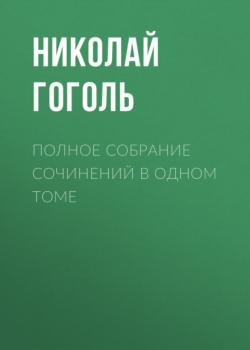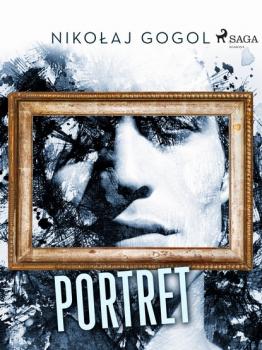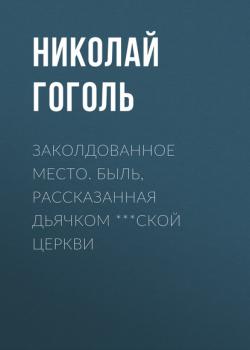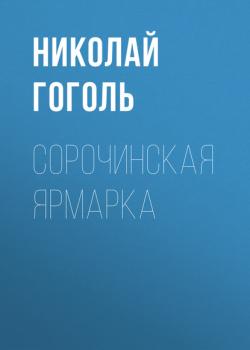Николай Гоголь
Список книг автора Николай ГогольПолное собрание сочинений в одном томе
Талант Николая Васильевича Гоголя поистине многогранен и монументален: он одновременно реалист, мистик, романтик, сатирик, драматург-новатор, создатель своего собственного литературного направления и уникального метода. По словам Владимира Набокова, «проза Гоголя по меньшей мере четырехмерна». Читая произведения этого выдающегося писателя XIX века, мы действительно понимаем, что они словно бы не принадлежат нашему миру, привычному нам пространству. В настоящее издание вошли все шедевры мастера, так что читатель может еще раз убедиться, насколько разнообразен и неповторим Гоголь и насколько мощно его влияние на развитие русской литературы.
Заколдованное место. Быль, рассказанная дьячком ***ской церкви
«Ей-богу, уже надоело рассказывать! Да что вы думаете? Право, скучно: рассказывай, да и рассказывай, и отвязаться нельзя! Ну, извольте, я расскажу, только, ей-ей, в последний раз. Да, вот вы говорили насчет того, что человек может совладать, как говорят, с нечистым духом. Оно конечно, то есть, если хорошенько подумать, бывают на свете всякие случаи… Однако ж не говорите этого. Захочет обморочить дьявольская сила, то обморочит; ей-богу, обморочит! Вот извольте видеть: нас всех у отца было четверо. Я тогда был еще дурень. Всего мне было лет одиннадцать; так нет же, не одиннадцать: я помню как теперь, когда раз побежал было на четвереньках и стал лаять по-собачьи, батько закричал на меня, покачав головою: „Эй, Фома, Фома! тебя женить пора, а ты дуреешь, как молодой лошак!“ Дед был еще тогда жив и на ноги – пусть ему легко икнется на том свете – довольно крепок. Бывало, вздумает…»
Сорочинская ярмарка
«Сорочинская ярмарка» – повесть, действие которой разворачивается на родине писателя, в селе Великие Сорочинцы Миргородского района Полтавской области.
Майская ночь, или Утопленница
«Звонкая песня лилась рекою по улицам села ***. Было то время, когда утомлённые дневными трудами и заботами парубки и девушки шумно собирались в кружок, в блеске чистого вечера, выливать своё веселье в звуки, всегда неразлучные с уныньем. И задумавшийся вечер мечтательно обнимал синее небо, превращая всё в неопределённость и даль. Уже и сумерки; а песни всё не утихали. С бандурою в руках пробирался ускользнувший от песельников молодой козак Левко, сын сельского головы. На козаке решетиловская шапка. Козак идёт по улице, бренчит рукою по струнам и подплясывает…»









